
Grade: Senior
Hobbies: Playing tennis, reading, listening to music, art
Favorite drink: Starbucks iced chai
Best restaurant: Star of India
Favorite...
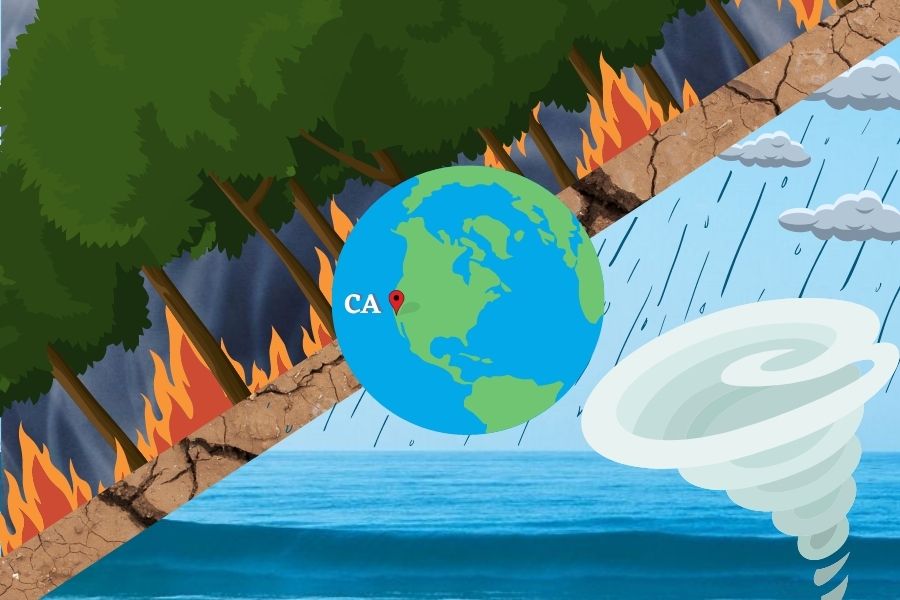

January 24, 2023
#BREAKING
— Crime With Bobby ("bobbywellison) January 6, 2023
Major Damage reported as massive swell batters piers and homes in Santacruz #flooding #Flood #santacruz #California #Californians #Californiastorm #Weather pic.twitter.com/L19jQs7stq
When it comes to extreme weather and natural disasters, California is often the recipient.
Recently, the Golden State has been struck by torrential rain, flash floods, and mudslides, even in the midst of a prolonged drought period.
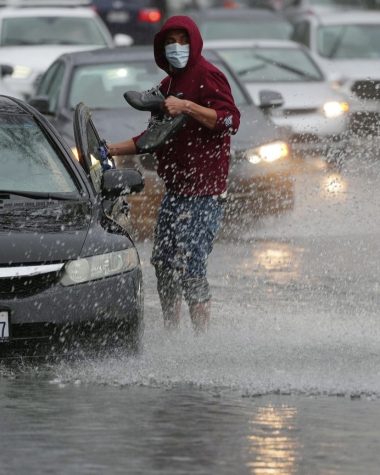
This poses the question: What exactly is causing such a shift? And do these dangerous weather conditions represent a greater threat in the form of universal climate change?
California’s wet season spans from October through April. Winter storms, known as atmospheric rivers, are normal for the state, despite the dryness brought from climate pattern La Niña in recent years.
According to the California’s state climatologist Michael Anderson, what differentiates this occurance from typical seasonal storms is its pace; the recent storms are exceptionally quick. Rainfall totals are up to 400 to 600 percent above average, with few short breaks between torrents.
This excessive rainfall is a part of what climate scientists call “precipitation whiplash“—heavier, more catastrophic rains coupled with longer, more intense droughts, as a result of increased variability and intensity in weather due to global warming.
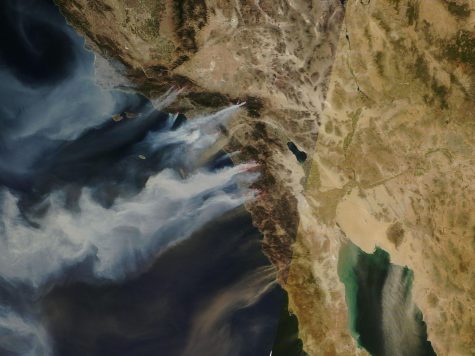
And in turn, because of extreme droughts—and wildfires brought upon by the drying of western forests—California’s land is unable to soak up much of the rainfall it receives, which leaves the state vulnerable to flooding and keeps it in a vicious cycle of devastation (CNN).
Global warming, as mentioned earlier, is amplified by the burning of fossil fuels. As the atmosphere heats, warmer air holds more moisture and storms have the ability to become more intense.
However, scientists do not have a definite answer as to how global warming can specifically increase the quantity and length of these damaging atmospheric rivers (New York Times).
Direct effects of this storm surge can be seen in the massive floods, mudslides, and landslides that have damaged and destroyed homes and infrastructure all across California.
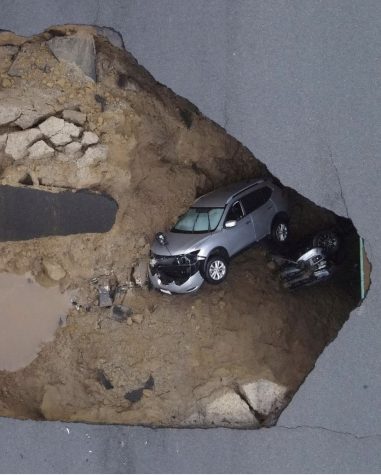
Homes and highways overtaken by floods, knocked out power lines, fallen trees, and the creation of massive sinkholes are just a few ways in which the storms have impacted humans and the environment. Many communities have been forced to evacuate for their own safety, and several deaths have occurred as well. Governor Gavin Newsom issued a state of emergency in early January to better prepare for the storms and aid Californians in this difficult time.
In a video tweeted out by Los Angeles Magazine on January 5th, Ellen DeGeneres shares a clip of a flood raging from a creek near her Montecito home in Southern California. DeGeneres urges viewers to stay safe during evacuation, and states, “We need to be nicer to Mother Nature…[She] is not happy with us.”
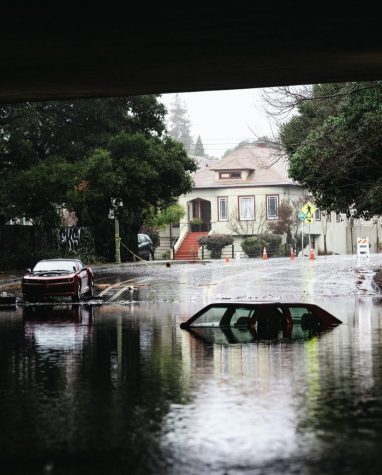
So, can California’s current extreme weather be attributed directly to climate change?
According to The Washington Post, the answer is neither a simple ‘yes’ or ‘no,’ but rather “a preview of what scientists figure climate change will look like.”
This weather whiplash from extreme dry to wet comes after one of the worst years on record for large-scale weather and climate disasters around the country.
As fossil fuels continue to be burned, forests cut down, and the prioritization of economic development over conservation of the environment continues, global climate change can do nothing but accelerate. What has been harmed by California’s catastrophic weather can hopefully bring to light changes the world must make in order to create a more sustainable and inhabitable future for all.

Grade: Senior
Hobbies: Playing tennis, reading, listening to music, art
Favorite drink: Starbucks iced chai
Best restaurant: Star of India
Favorite...